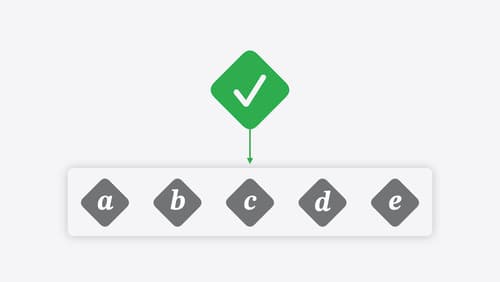how to generate documentation for closure handler
Asked on 2024-08-02
1 search
To generate documentation for a closure handler, you can use the SwiftOpenAPI generator, which allows you to document your service in YAML and generate code for servers and clients. This is particularly useful if you are working with server-side Swift and need to document your API endpoints.
For example, in the session Explore the Swift on Server ecosystem, it is mentioned that the SwiftOpenAPI generator can be used to document services and generate code. This tool can help you create comprehensive documentation for your closure handlers by defining your API operations in an OpenAPI document.
If you are dealing with memory issues related to closure handlers, you might want to look into the session Analyze heap memory, which discusses how closures capture values and how to manage memory effectively to avoid reference cycles.
Here are the relevant sessions mentioned:
If you need more specific guidance on how to document closure handlers or manage their memory, these sessions provide valuable insights and tools.

Go further with Swift Testing
Learn how to write a sweet set of (test) suites using Swift Testing’s baked-in features. Discover how to take the building blocks further and use them to help expand tests to cover more scenarios, organize your tests across different suites, and optimize your tests to run in parallel.

Explore Swift performance
Discover how Swift balances abstraction and performance. Learn what elements of performance to consider and how the Swift optimizer affects them. Explore the different features of Swift and how they’re implemented to further understand the tradeoffs available that can impact performance.

Explore the Swift on Server ecosystem
Swift is a great language for writing your server applications, and powers critical services across Apple’s cloud products. We’ll explore tooling, delve into the Swift server package ecosystem, and demonstrate how to interact with databases and add observability to applications.
